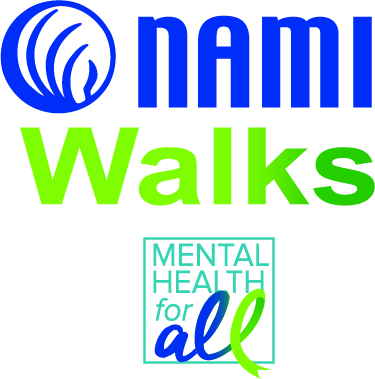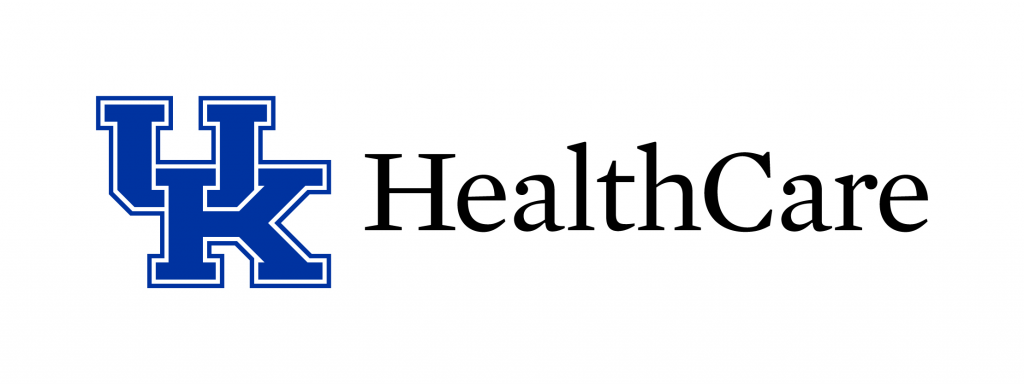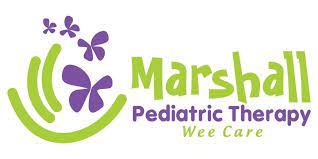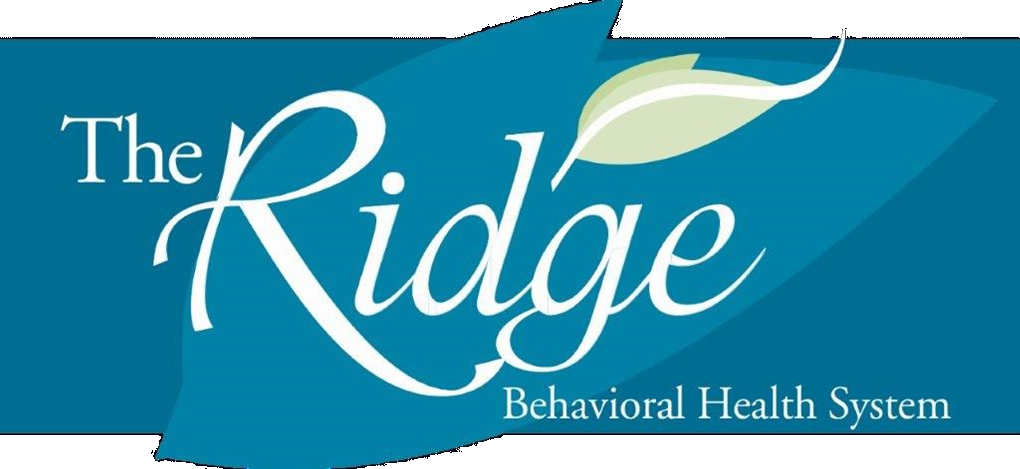What does QPR mean?
QPR stands for Question, Persuade, and Refer — the 3 simple steps anyone can learn to help save a life from suicide.
Just as people trained in CPR and the Heimlich Maneuver help save thousands of lives each year, people trained in QPR learn how to recognize the warning signs of a suicide crisis and how to question, persuade, and refer someone to help. Each year thousands of Americans, like you, are saying “Yes” to saving the life of a friend, colleague, sibling, or neighbor.
QPR can be learned in our Gatekeeper course in as little as one hour.
*This class is not intended for certification purposes.*
What is a Gatekeeper?
According to the Surgeon General’s National Strategy for Suicide Prevention (2001), a gatekeeper is someone in a position to recognize a crisis and the warning signs that someone may be contemplating suicide.
Gatekeepers can be anyone, but include parents, friends, neighbors, teachers, ministers, doctors, nurses, office supervisors, squad leaders, foremen, police officers, advisors, caseworkers, firefighters, and many others who are strategically positioned to recognize and refer someone at risk of suicide.
As a QPR-trained Gatekeeper you will learn to:
- Recognize the warning signs of suicide
- Know how to offer hope
- Know how to get help and save a life
How is QPR like CPR?
Both are interventions
Much of the world is familiar with CPR — short for cardiopulmonary resuscitation — an emergency medical intervention created in 1957 by Peter Safar. The process is designed to stabilize people who aren’t breathing or breathing intermittently and who may be in cardiac arrest until the person can reach a hospital or other care.
Similarly, QPR is an an emergency mental health intervention for suicidal persons created in 1995 by Paul Quinnett. An abbreviation for Question, Persuade and Refer, the intent is also to identify and interrupt the crisis and direct that person to the proper care.
Both are part of a “Chain of Survival”
Both CPR and QPR are part of systems designed to increase the chance of survival in the event of a crisis.
In the Chain of Survival model of emergency cardiac care, the likelihood that a victim will survive a cardiac arrest increases when each of the following four links is connected:
- Early Recognition and Early access | The sooner 9–1‑1 or your local emergency number is called the sooner early advanced life support arrives.
- Early CPR | This helps maintain blood flow to the vital organs.
- External Defibrillator | A device ready for use when advanced medical personnel arrive.
- Early Advanced Life Support | Administered by trained medical personnel who provide further care and transport to hospital facilities.
Similarly, with QPR, the following Chain of Survival elements must also be in place:
- Early Recognition of suicide | The sooner warning signs are detected and help sought, the better the outcome of a suicidal crisis will be.
- Early QPR | Asking someone about the presence of suicidal thoughts and feelings opens up a conversation that may lead to a referral for help.
- Early intervention and referral | Referral to local resources or calling 1–800-Suicide for evaluation and possible referral is critical.
- Early Advanced Life Support | As with any illness, early detection and treatment results in better outcomes.
Early Recognition
We cannot overemphasize the need for early recognition of suicide warning signs.
A well-executed, strong and positive response to the early warning signs of a pending suicide event may render subsequent links in the Chain of Survival unnecessary. Most people thinking about suicide are suffering from an undiagnosed and/or untreated mental illness or substance abuse disorder for which excellent treatments exist.
The prompt recognition of the scream of a smoke detector can eliminate the need to suppress a raging fire. In just that way, by recognizing early the warning signs of suicide, opening a supporting dialogue with a suicidal person and securing consultation a professional may prevent the need for an emergency room visit or psychiatric hospitalization.
Different Crises, Different Warning Signs
In CPR the general public is educated about the classic signs of a heart attack: pressure, fullness, squeezing and pain in the center of the chest, sweating, and other symptoms, and then taught how to respond.
In QPR the general public is educated about the known warning signs of a suicide crisis: expressions of hopelessness, depression, giving away prized possessions, talking of suicide, securing lethal means, and then taught how to respond.
Who needs Training?
The city of Seattle, Washington and surrounding King County has trained more citizens in CPR per capita than any other region in the country. As result, CPR-trained citizens are more likely to resond to perceived medical emergencies in Seattle than in any other city in the United States, which leads to more favorable survival rates.
According to Sanddal and his colleagues (Sanddal, 2003), “In the Seattle cardiac care system it is estimated that one in four persons has been exposed to CPR training. One can conjecture that the recognition of, and survival from, an acute suicide event would be more likely if one in four persons were trained as a suicide lay gatekeeper.”
At the end of 2009, an estimated one million American citizens have been trained in QPR by Certified QPR Instructors. Because of the nature of suicidal warning signs, and who is most likely to recognize and respond to them, we at the QPR Institute strongly concur with the goal of one in four persons trained a basic gatekeeper role for suicide prevention in the United States and in other countries. Because suicides happen in families – where emergency interventions are more likely to take place — we believe that at least one person per family unit should be trained in QPR.












